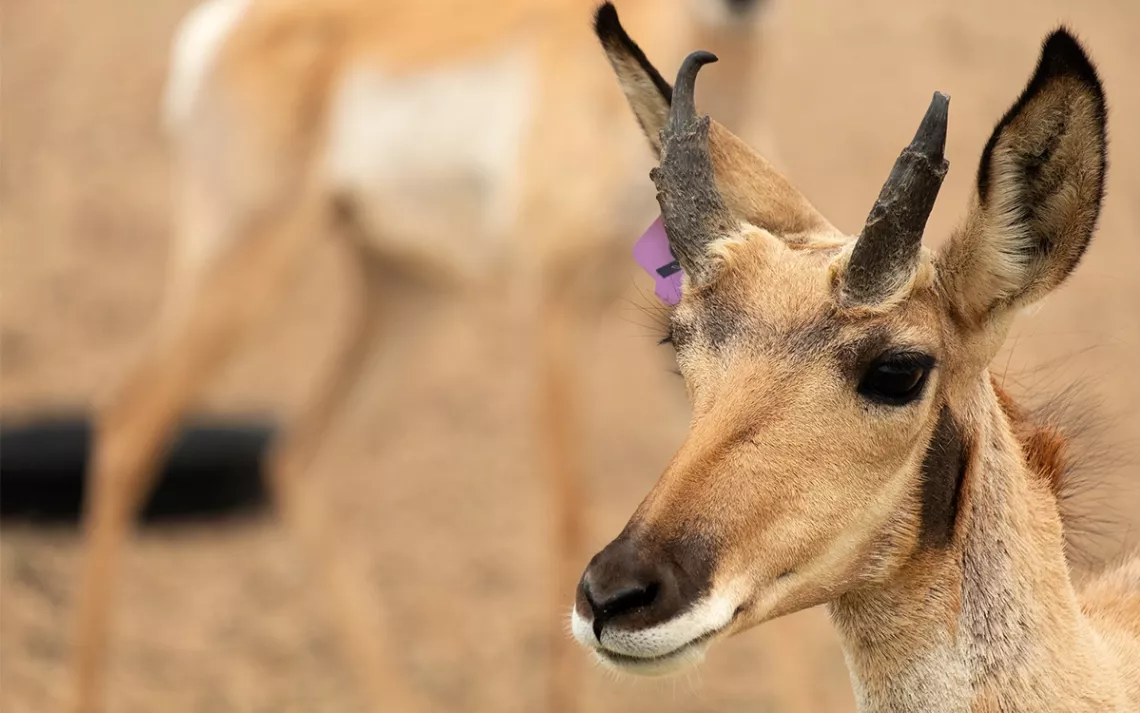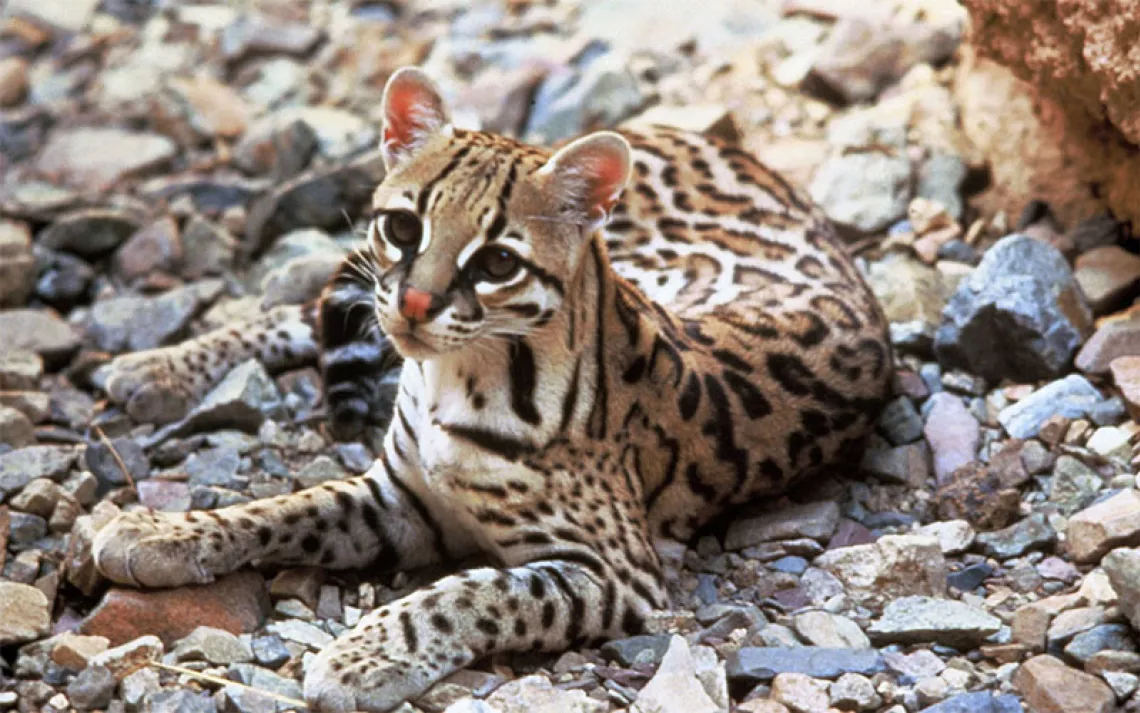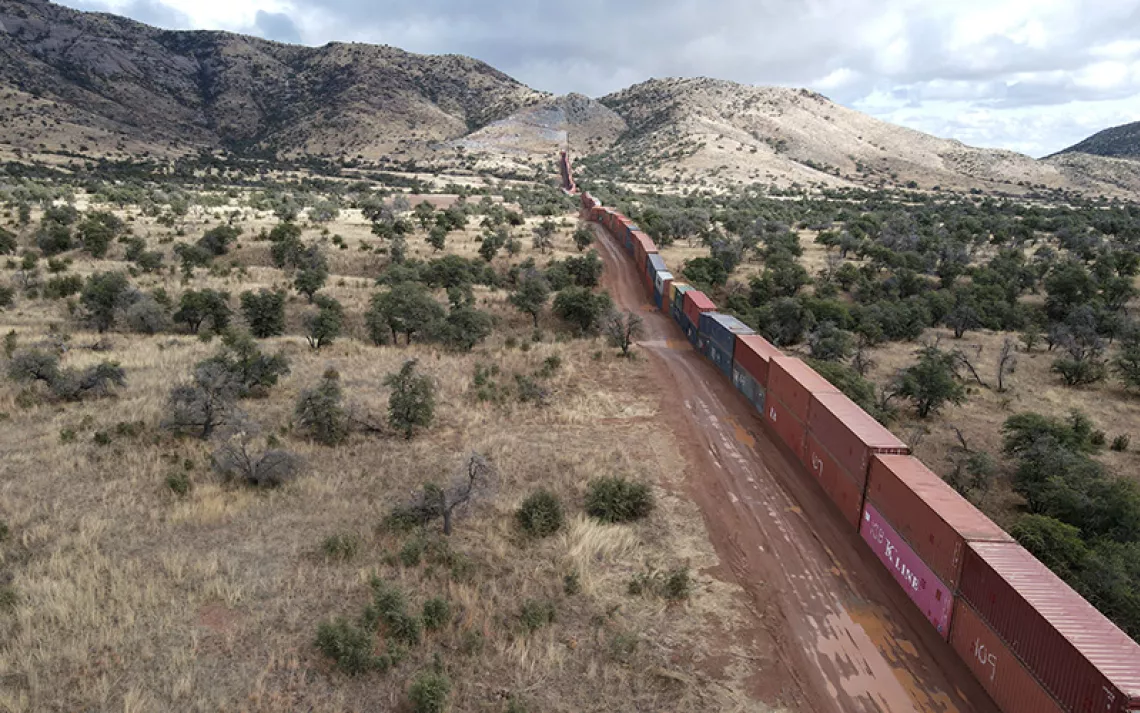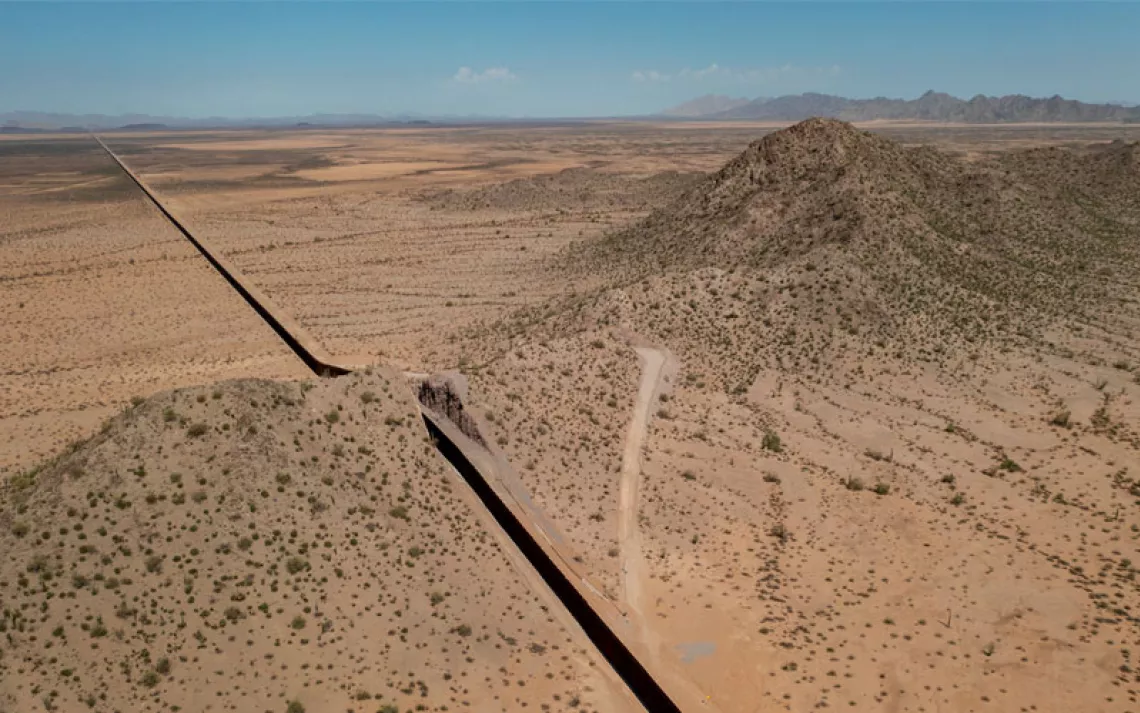A Win for the “Desert Ghost” Benefits Us All
A legal settlement over border wall construction will repair damage to the Sonoran Desert

Sonoran pronghorns have unique features important to their survival in the desert. | Photo by Cassidy Motahari/USFWS
Distributed by Trice Edney Newswire.
The odds are high that you will never see a Sonoran pronghorn. About the size of a goat, the pronghorns are so elusive that their nickname is “the desert ghost.”
Adding to the challenge, they’re only found in the United States, in a small part of the Southwest. They’ve been endangered since before we had an Endangered Species Act, and they’re the fastest land animal in North America, clocking speeds up to 60 miles per hour.
So, it would be easy for the short-sighted to overlook the pronghorns—out of sight, out of mind after all. That’s exactly what the Trump administration did when it illegally transferred federal funds and rushed to erect a border wall that threatened many already fragile species, disturbed culturally significant sites, and ruined lands designated as national refuges and monuments.
The Southern Border Communities Coalition (an umbrella organization of more than 60 groups from San Diego to Brownsville, Texas), the ACLU, and the Sierra Club have been fighting to stop the destruction since 2019.
Last week, we won. It’s an example of people closest to the harm battling and succeeding in a way that has benefits that stretch well beyond their communities.
US Customs and Border Protection agreed to stop any further construction on parts of the wall built with Defense Department funds (President Biden paused work on his first day by executive order) and to spend more than $1 billion mitigating damage done to wildlife, including jaguars that have only returned to the region in the past decade; more than 400 bird species; sacred lands of the Tohono O’odham Nation; and irreplaceable wild places like Quitobaquito Springs in Organ Pipe Cactus National Monument.
For the pronghorns, it means they will get an opening in the wall at least 18 feet wide in the Cabeza Prieta National Wildlife Refuge to be able to cross into Mexico, as they historically have. There will be smaller openings for jaguars, black bears, and tinier wildlife at other places.
Our ecosystem is a web spun with biodiversity that ensures a planet that’s livable and sustainable. By protecting species of animals and plants, we inevitably protect ourselves. We can’t anticipate fully the effects that losing species will have.
Cabeza Prieta is one of the largest wilderness areas outside Alaska. Once destroyed, land that supports so many unique species and houses more than 600 cultural sites dating back to pre-Columbian times cannot be recovered completely. The settlement calls for roads and wells created to facilitate construction to be erased, as a start.
Earlier this year, I went to Arizona to learn more about the fight to stop this environmental and archaeological nightmare from frontline organizers like Eric Meza. "From damage to tribal lands to degraded habitats for wildlife, borderlands communities will be dealing with the consequences of this boondoggle for years to come," Meza observed.
Perhaps most important, the federal government agreed to be bound by the same laws protecting the environment, which demand consultation with communities before major projects begin. While the settlement doesn’t rule out building a wall, it ensures Americans on the border will have a greater say than they did four years ago.
So many of the troubling parts of our history have come because someone powerful decided people and places are disposable in the way that the pronghorns and Cabeza Prieta were treated by the Trump administration. It’s a lesson for us not to avoid tough questions about who is bearing the real costs of our decisions. Even if we shouldn’t have to fight to ensure that no one, no species, and no place is disposable, we must.
 The Magazine of The Sierra Club
The Magazine of The Sierra Club



